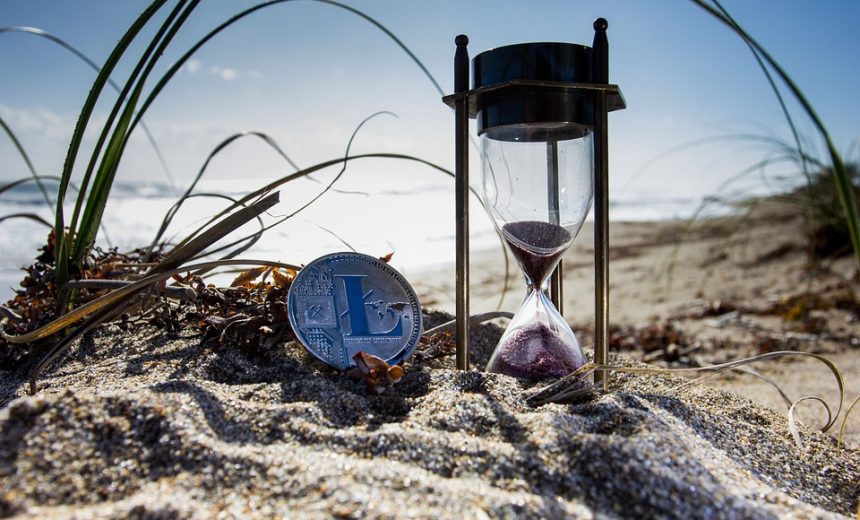In the rapidly evolving world of cryptocurrency, the excitement surrounding new projects and the potential for high returns can often overshadow the inherent risks involved. While many investors are lured by the prospect of quick profits, the volatility of the crypto market demands a more cautious approach. Diversifying your portfolio is not just a smart strategy; it is an essential practice for long-term success, especially given the unpredictable nature of digital assets. In this article, we will discuss actionable strategies to help you diversify your cryptocurrency investments effectively and mitigate risk.
Understanding Diversification
At its core, diversification is the process of spreading investments across various assets to reduce exposure to any single asset’s risk. In traditional finance, this involves investing in multiple stocks, bonds, and other financial instruments. In the realm of cryptocurrency, the principle remains the same, albeit with unique considerations given the volatile nature of the market.
Why Diversify?
-
Mitigate Risk: Crypto assets can experience drastic price swings in a short period. By holding a diverse range of assets, you’re less likely to be severely impacted by the poor performance of a single coin.
-
Leverage Opportunities: Different cryptocurrencies often react to market events differently. By holding several, you increase your chances of capitalizing on positive movements, as some assets may rise even when others fall.
- Long-Term Growth Potential: The cryptocurrency landscape is filled with potential winners among thousands of altcoins. A diversified portfolio allows investors to capture growth from various segments of the market.
Strategies for Smart Diversification
1. Allocate Across Categories
Cryptocurrencies can broadly be categorized into several groups, including:
-
Blue-Chip Coins: These are established coins like Bitcoin (BTC) and Ethereum (ETH), which tend to be more stable over time and are considered the backbone of the crypto market.
-
Mid-Cap and Small-Cap Coins: These coins tend to be more volatile but offer significant growth potential. Research promising assets in this category but be aware of the risks involved.
- Stablecoins: Assets like Tether (USDT) or USD Coin (USDC) are pegged to fiat currencies. Holding stablecoins can provide liquidity and a buffer against market volatility, allowing you to quickly enter or exit positions.
2. Explore Different Use Cases
Not all cryptocurrencies serve the same purpose. Consider diversifying into different use cases, including:
-
Payments: Coins like Litecoin (LTC) and Bitcoin Cash (BCH) are designed for fast, low-cost transactions.
-
Smart Contracts: Ethereum, along with newer entrants like Cardano (ADA) and Solana (SOL), offer platforms for decentralized applications.
-
Decentralized Finance (DeFi): Tokens such as Uniswap (UNI) and Aave (AAVE) are integral to the DeFi movement, which aims to recreate traditional financial systems in a decentralized manner.
- Non-Fungible Tokens (NFTs): Tokens like Flow and Tezos have carved their niche in the digital art and collectibles market.
3. Consider Geographical Diversification
The regulatory environment and adoption rates can vary significantly across different countries and regions. By investing in projects from various geographical areas, you mitigate risks linked to any specific region’s regulatory decisions or market trends.
4. Regularly Rebalance Your Portfolio
As different assets within your portfolio grow or shrink, your allocation may become skewed over time. Regular rebalancing—adjusting your holdings to maintain your desired asset allocation—helps in managing risk and capitalizing on potential gains.
5. Stay Informed and Conduct Research
The crypto market is continuously evolving, with new projects springing up regularly. Staying informed through reputable news sources, following market trends, and conducting thorough research before investing in any asset is crucial. Utilize resources like whitepapers, community forums, and analysis tools to deepen your understanding.
6. Start Small and Scale Gradually
Especially for beginners, starting with a small investment and gradually scaling up as you learn can minimize potential losses. It allows you to build confidence and knowledge in managing your portfolio without risking significant capital upfront.
Conclusion
Diversification in cryptocurrency investing is not merely about holding multiple assets; it’s about strategically selecting them to enhance returns while minimizing risks. As the crypto landscape continues to evolve, a well-diversified portfolio can provide both resilience against market downturns and the potential for long-term growth. Remember: while it can be tempting to chase the next big thing, a smart and informed approach rooted in diversification can lead to sustainable success in the dynamic world of cryptocurrency investments.





